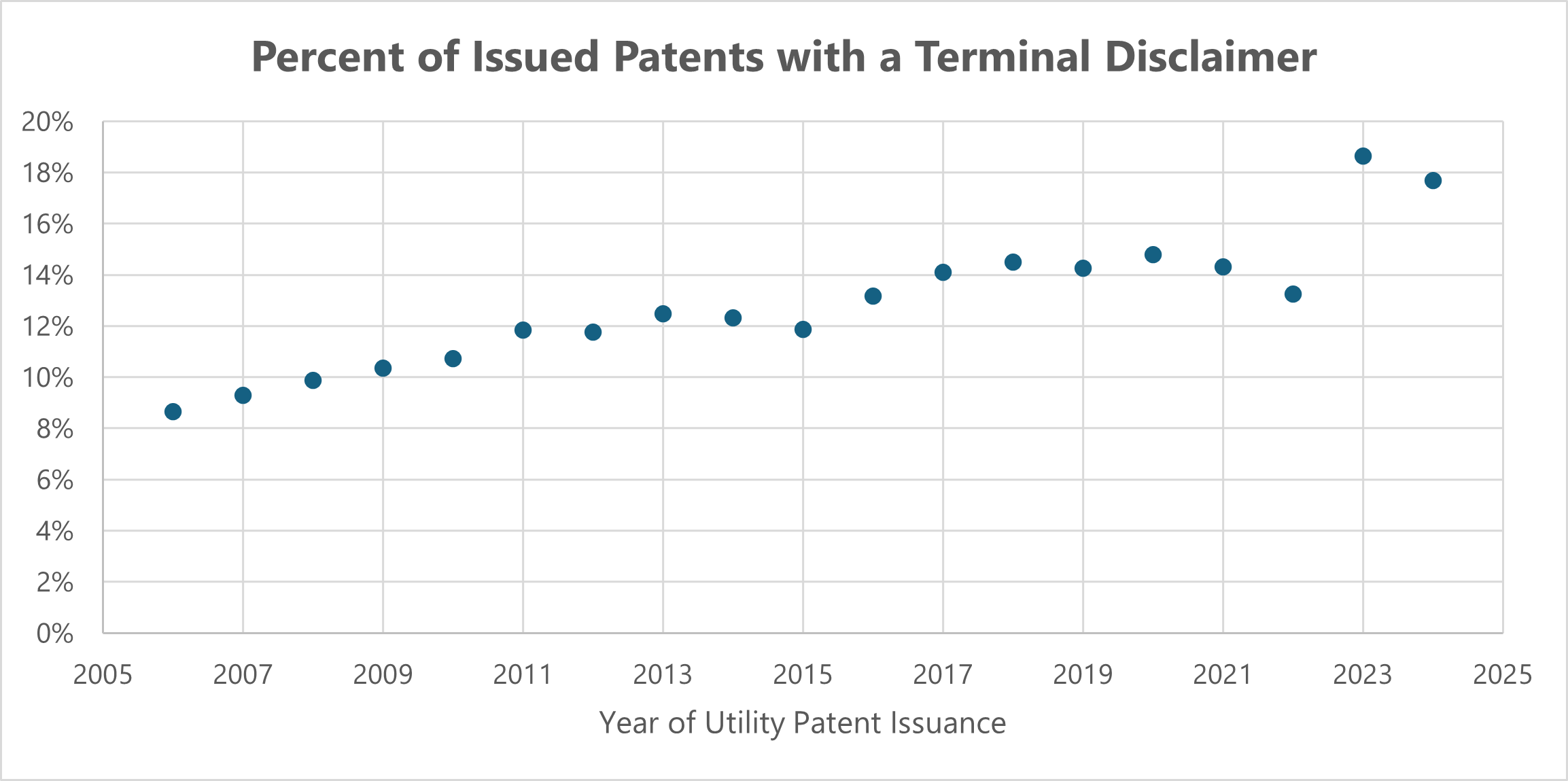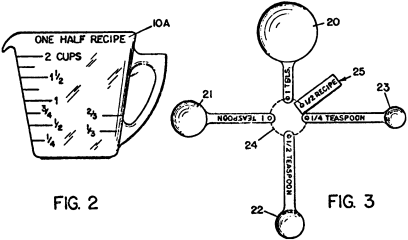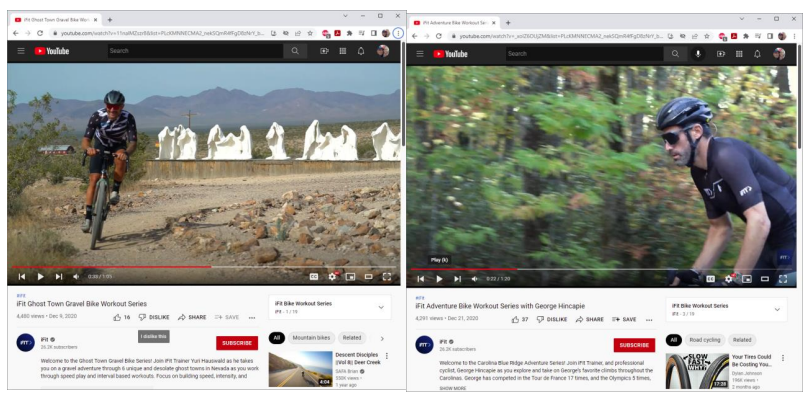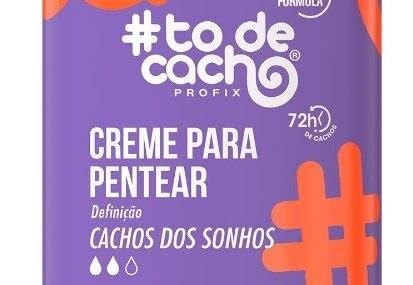by Dennis Crouch
In its new petition for certiorari in Cellect LLC v. Vidal, No. __ (U.S. May 20, 2024), Cellect argues that the Federal Circuit erred in upholding the PTAB's (PTAB) invalidation of Cellect's four patents based on the judicially-created doctrine of obviousness-type double patenting (ODP). The key issue is whether ODP can cut short the patent term extension provided by the Patent Term Adjustment (PTA) statute, 35 U.S.C. § 154(b). Meanwhile, Dir. Vidal is looking to extend the power of ODP via rulemaking. This is an important case coming at an important time.
To continue reading, become a Patently-O member. Already a member? Simply log in to access the full post.











